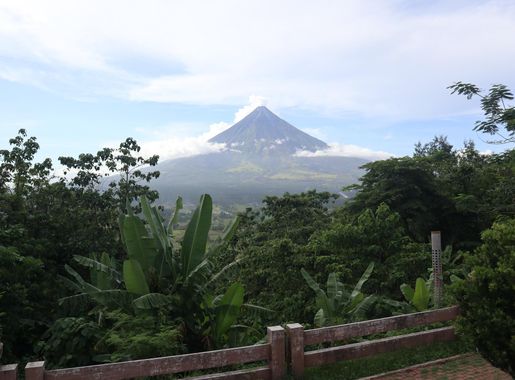
Ligñon Hill Nature Park: Nature's Pinnacle in Legazpi
Discover Ligñon Hill Nature Park in Legazpi, Philippines, where breathtaking views, thrilling activities, and serene nature converge for an unforgettable experience.
Ligñon Hill Nature Park in Legazpi, Philippines, offers a sublime combination of natural beauty and thrilling activities. Located in the heart of Legazpi, this hilltop park provides panoramic views of the city, the majestic Mayon Volcano, and the glittering Albay Gulf. Whether you're a nature lover or an adrenaline junkie, Ligñon Hill Nature Park is a must-visit destination. The park is famous for its scenic trails which are perfect for hiking and jogging. As you ascend the hill, you'll be greeted with lush greenery and a tranquil atmosphere that makes the climb worthwhile. Once you reach the top, you can enjoy a breathtaking view of the surrounding landscapes. Photographers will find the vantage point perfect for capturing stunning sunrise and sunset shots. For those seeking adventure, Ligñon Hill Nature Park offers exciting activities such as zip-lining and ATV rides. The zip line experience, in particular, provides a unique way to enjoy the scenery while getting an adrenaline rush. Additionally, there's a 50-meter Japanese tunnel from World War II that history enthusiasts can explore. The park is also a great spot for picnics and family outings. There are several viewing decks, picnic areas, and rest spots where visitors can relax and soak in the beauty of nature. Don't forget to visit the souvenir shops and food stalls near the park entrance to get a taste of local delicacies and bring home some mementos.
Local tips in Ligñon Hill Nature Park
- Visit early in the morning or late in the afternoon to avoid the heat and catch the best views.
- Wear comfortable shoes suitable for hiking and bring water to stay hydrated.
- Check the weather forecast before you go, as visibility can be affected by fog or rain.
- If you plan to try the zip line or ATV rides, make sure to bring some extra cash as these activities may have additional fees.
- Bring a camera or smartphone with a good camera to capture the stunning landscapes and panoramic views.
Ligñon Hill Nature Park: Nature's Pinnacle in Legazpi
Ligñon Hill Nature Park in Legazpi, Philippines, offers a sublime combination of natural beauty and thrilling activities. Located in the heart of Legazpi, this hilltop park provides panoramic views of the city, the majestic Mayon Volcano, and the glittering Albay Gulf. Whether you're a nature lover or an adrenaline junkie, Ligñon Hill Nature Park is a must-visit destination. The park is famous for its scenic trails which are perfect for hiking and jogging. As you ascend the hill, you'll be greeted with lush greenery and a tranquil atmosphere that makes the climb worthwhile. Once you reach the top, you can enjoy a breathtaking view of the surrounding landscapes. Photographers will find the vantage point perfect for capturing stunning sunrise and sunset shots. For those seeking adventure, Ligñon Hill Nature Park offers exciting activities such as zip-lining and ATV rides. The zip line experience, in particular, provides a unique way to enjoy the scenery while getting an adrenaline rush. Additionally, there's a 50-meter Japanese tunnel from World War II that history enthusiasts can explore. The park is also a great spot for picnics and family outings. There are several viewing decks, picnic areas, and rest spots where visitors can relax and soak in the beauty of nature. Don't forget to visit the souvenir shops and food stalls near the park entrance to get a taste of local delicacies and bring home some mementos.
Iconic landmarks you can’t miss
Ligñon Hill Nature Park
Discover the breathtaking views and rich biodiversity of Ligñon Hill Nature Park, a perfect escape for nature lovers in Legazpi City, Albay.
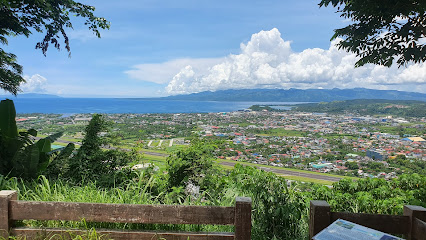
Albay Park & Wildlife
Experience the beauty of nature and wildlife at Albay Park & Wildlife, a family-friendly destination in Legazpi City, Philippines.
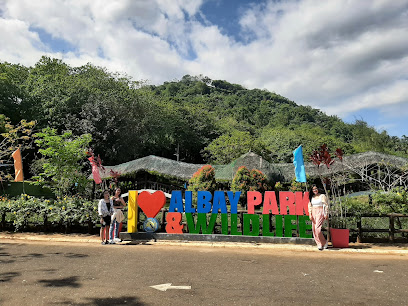
Ligñon Hill
Discover the breathtaking views of Mayon Volcano and nature's beauty at Ligñon Hill in Legazpi City, Albay. A must-visit for every traveler.
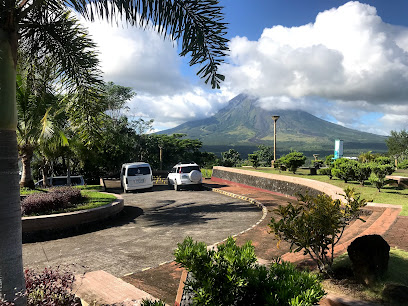
Unmissable attractions to see
Cagsawa Ruins
Discover the historical charm and breathtaking views of Cagsawa Ruins, a must-visit landmark in Albay, Philippines, surrounded by the majestic Mayon Volcano.
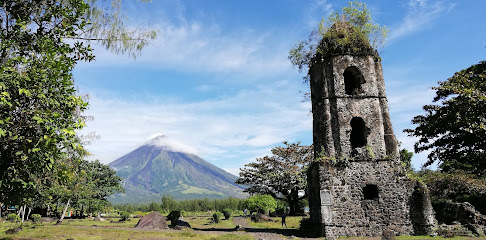
Ligñon Hill Nature Park
Experience the stunning vistas and outdoor adventures at Ligñon Hill Nature Park, a must-visit natural haven in Legazpi City, Albay.

Giant Statue of Nuestra Señora de Salvacion
Discover the breathtaking Giant Statue of Nuestra Señora de Salvacion in Legazpi City, a spiritual and artistic marvel amidst stunning landscapes.
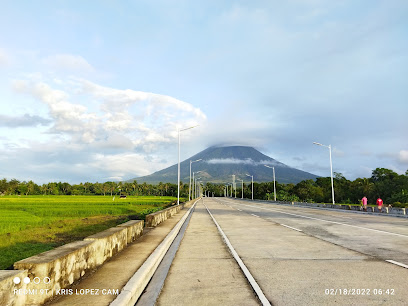
Sleeping Lion / Kapuntukan Hill
Experience the tranquil beauty of Sleeping Lion at Kapuntukan Hill, where adventure meets serenity in the heart of Legazpi City.
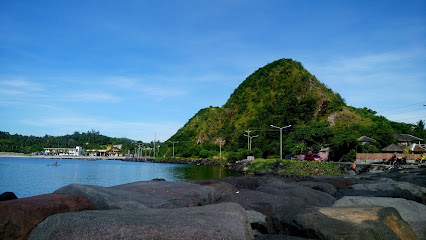
Bicol Heritage Park
Explore Bicol Heritage Park: A serene escape in Legazpi City with breathtaking views of Mayon Volcano and rich cultural heritage.
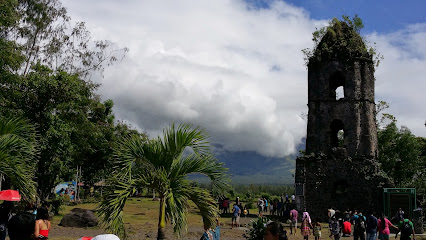
Legazpi City Food Park
Explore the diverse culinary delights at Legazpi City Food Park, where local flavors meet vibrant atmosphere in a must-visit foodie destination.
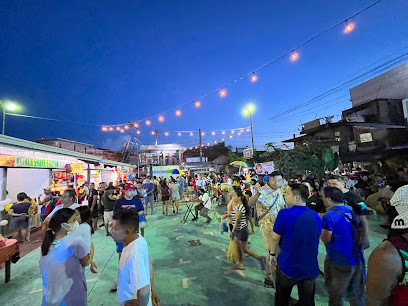
Lignon Hill
Explore Lignon Hill in Albay for breathtaking views of Mayon Volcano and an unforgettable outdoor adventure.
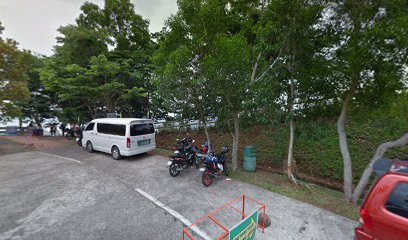
Essential places to dine
Tong Yang, SM City Legazpi
Experience the ultimate buffet at Tong Yang in SM City Legazpi – where flavors from around the world come together in one delicious feast.

Matthea's Kinalas
Experience the flavors of authentic Filipino cuisine at Matthea's Kinalas in Legazpi City – where every meal tells a story.
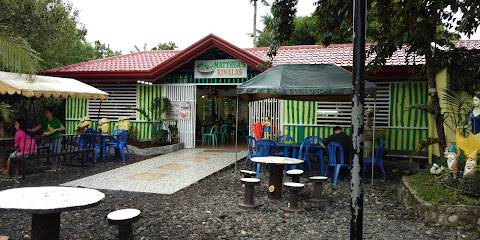
GABBI'S RESTOBAR & GRILL
Experience flavorful grilled delights and refreshing drinks at Gabbi's Restobar & Grill in Legazpi City - your go-to spot for casual dining.
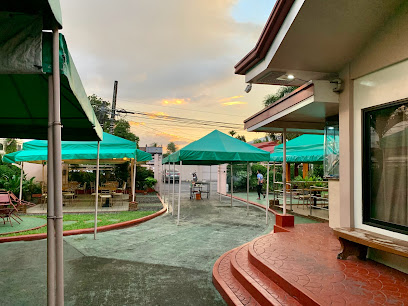
Casa Lorenzo Food and Culture
Experience authentic Filipino cuisine at Casa Lorenzo in Legazpi City – where every dish tells a story of culture and tradition.

Chef Lee
Discover the unique culinary fusion at Chef Lee in Legazpi City – where local flavors meet modern cuisine for an unforgettable dining experience.
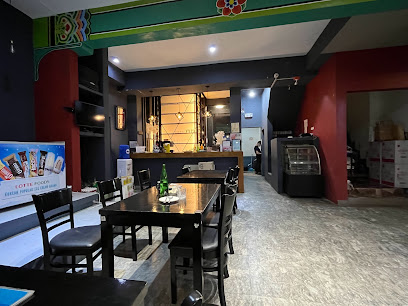
Weekends Restogrill Restaurant
Discover authentic Filipino flavors at Weekends Restogrill Restaurant in Legazpi City - a culinary gem that promises an unforgettable dining experience.
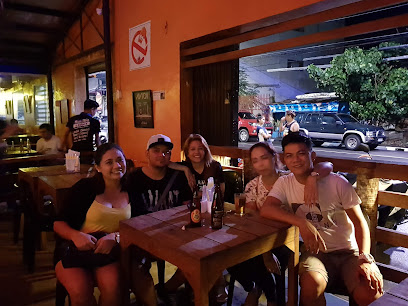
CASA DE SIKATUNA Garden Restaurant
Experience authentic Filipino flavors at CASA DE SIKATUNA Garden Restaurant, where grilled delicacies meet serene garden views in Legazpi City.
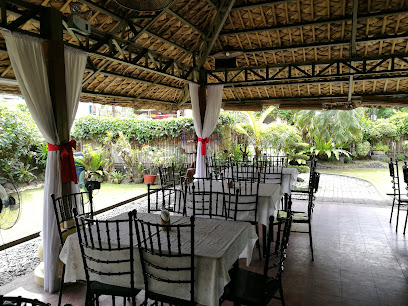
Antonia's Restaurant, Cafe and Events Place
Experience authentic Filipino cuisine at Antonia's Restaurant in Daraga - a perfect blend of flavor and ambiance.
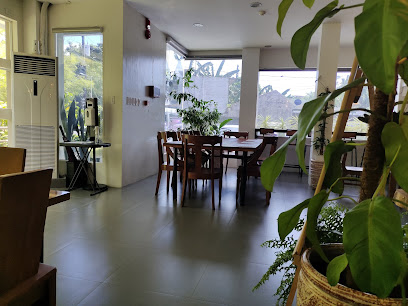
Lola Feling Restaurant Legazpi
Discover authentic Filipino flavors at Lola Feling Restaurant in Legazpi City, where every meal tells a story.
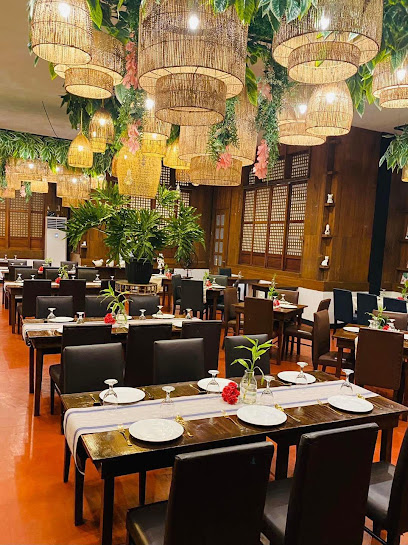
Hidden Bistro - Legazpi
Experience the unique flavors of Legazpi at Hidden Bistro, where delightful dishes meet an enchanting atmosphere.
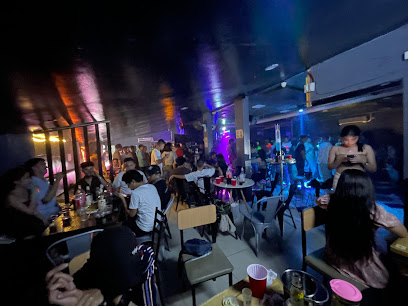
Markets, malls and hidden boutiques
CORNER SPOT MINI STORE
Explore the local flavors and essentials at Corner Spot Mini Store, Legazpi City’s charming grocery destination.
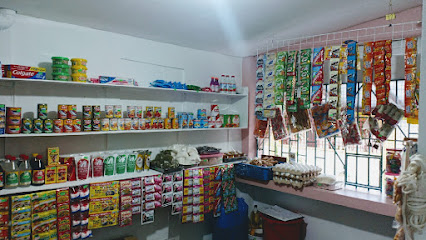
J Gift Shop at Furniture
Discover unique Filipino handicrafts and souvenirs at J Gift Shop in Legazpi City, a delightful stop for every tourist seeking cultural treasures.
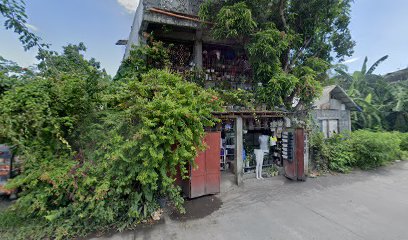
Majadas store
Explore Majadas Store in Legazpi City for quality home goods that blend style and functionality, all in a friendly shopping atmosphere.

Nueles Store
Explore Nueles Store in Legazpi City for unique oriental goods, authentic handicrafts, and delightful souvenirs amidst stunning views of Ligñon Hill.
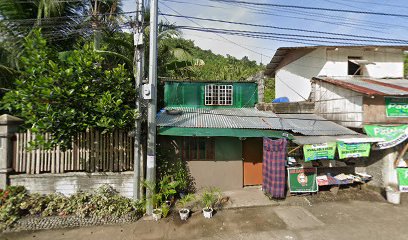
Sue
Experience the charm of local shopping at Sue in Legazpi City, where Filipino culture and craftsmanship come to life.
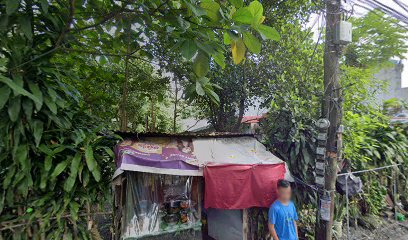
Victoria Resell Shop
Explore unique home goods and local crafts at Victoria Resell Shop, a hidden gem in Daraga, Albay, perfect for tourists looking for authentic souvenirs.
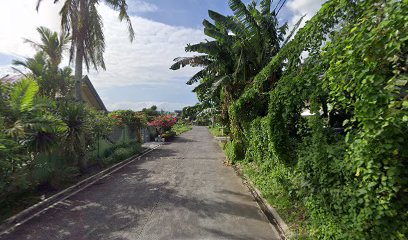
J&J Store
Explore the flavors of Albay at J&J Store, a local grocery gem in Legazpi City offering fresh produce and unique regional products.
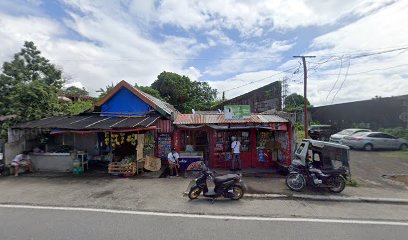
DELAROSA STORE
Discover the charm of Legazpi City at Delarosa Store, your go-to destination for local products and essentials.
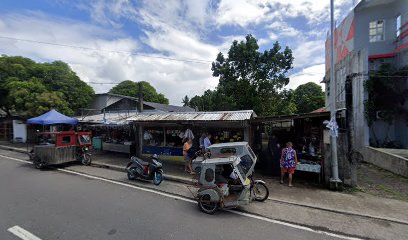
Linyada Clothing Boutique-Legazpi City
Discover the unique blend of contemporary fashion and local artistry at Linyada Clothing Boutique in Legazpi City, a shopping gem in Albay.

Epiphany's Variety Shop
Explore the eclectic treasures at Epiphany's Variety Shop in Legazpi City, where every visit reveals unique finds and local culture.
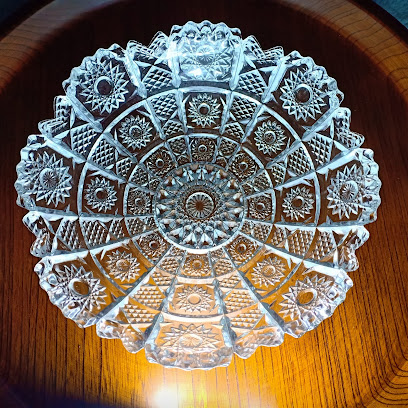
Essential bars & hidden hideouts
GABBI'S RESTOBAR & GRILL
Experience the vibrant flavors and lively atmosphere at Gabbi's Restobar & Grill in Legazpi City, the perfect spot for foodies and night owls alike.
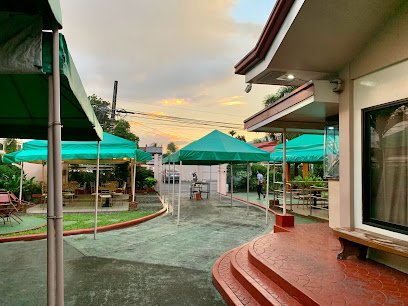
Bar 101
Experience the vibrant nightlife at Bar 101 in Legazpi City, where great drinks meet a lively atmosphere for an unforgettable evening.
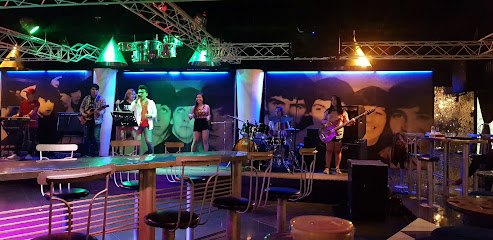
Quento
Discover the vibrant nightlife of Legazpi City at Quento, a lively bar offering a delightful selection of drinks and local ambiance.
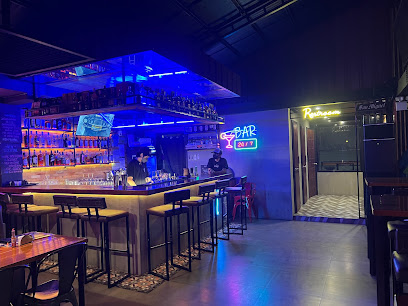
Chilo Bar
Experience the vibrant nightlife of Legazpi City at Chilo Bar, featuring exquisite drinks and stunning views of Mayon Volcano.
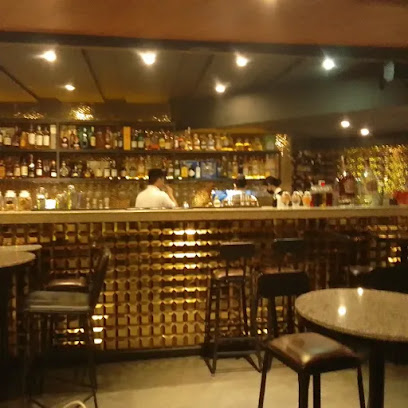
Yuris Bar and Grill
Experience the vibrant flavors and lively atmosphere at Yuris Bar and Grill in Legazpi City, where every meal is a celebration.
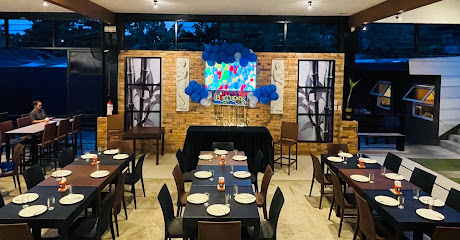
Pod1um Restobar
Discover the vibrant flavors and lively atmosphere of Pod1um Restobar in Legazpi City, where culinary delights meet local culture.
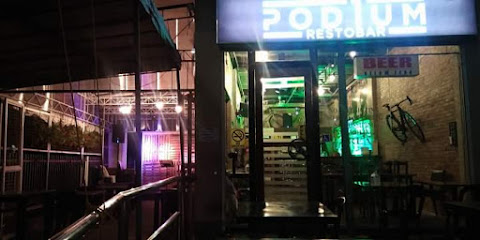
Peri-nice.
Discover the lively atmosphere of Peri-nice, Legazpi's top bar, offering a blend of local flavors and vibrant nightlife in the heart of Albay.

Moonshine Restobar
Experience the vibrant nightlife of Legazpi City at Moonshine Restobar, where delicious drinks and live entertainment create unforgettable memories.
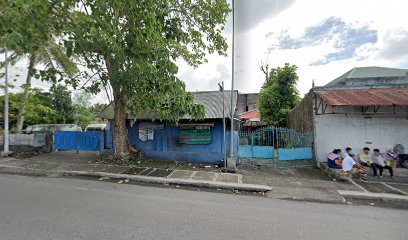
Tranquilos Grill & Resto
Experience the vibrant flavors of Legazpi City at Tranquilos Grill & Resto, your go-to bar for local cuisine and refreshing drinks.
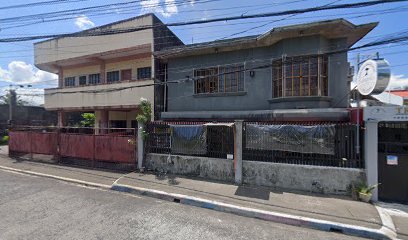
Muding's Hideout
Experience the charm of Muding's Hideout, a cozy bar in Legazpi City, offering refreshing drinks and a lively atmosphere perfect for unwinding.
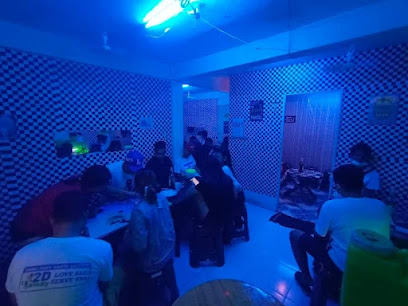
Local Phrases
-
- HelloKamusta
[ka-mu-sta] - GoodbyePaalam
[pa-a-lam] - YesOo
[o-o] - NoHindi
[hin-di] - Please/You're welcomeMangyaring
[man-gya-ring] - Thank youSalamat
[sa-la-mat] - Excuse me/SorryPaumanhin
[pa-u-man-hin] - How are you?Kamusta ka?
[ka-mu-sta ka?] - Fine. And you?Mabuti. Ikaw?
[ma-bu-ti. i-kaw?] - Do you speak English?Marunong ka ba mag-Ingles?
[ma-ru-nong ka ba mag-ing-les?] - I don't understandHindi ko maintindihan
[hin-di ko main-tin-di-han]
- HelloKamusta
-
- I'd like to see the menu, pleaseGusto ko sanang makita ang menu, pakiusap
[gus-to ko sa-nang ma-ki-ta ang me-nu, pa-ki-u-sap] - I don't eat meatHindi ako kumakain ng karne
[hin-di a-ko ku-ma-kain ng kar-ne] - Cheers!Mabuhay!
[ma-bu-hay] - I would like to pay, pleaseGusto ko sanang magbayad, pakiusap
[gus-to ko sa-nang mag-ba-ya-ad, pa-ki-u-sap]
- I'd like to see the menu, pleaseGusto ko sanang makita ang menu, pakiusap
-
- Help!Tulong!
[tu-long!] - Go away!Lumayo ka!
[lu-ma-yo ka!] - Call the Police!Tumawag ng Pulis!
[tu-ma-wag ng pu-lis!] - Call a doctor!Tumawag ng doktor!
[tu-ma-wag ng dok-tor!] - I'm lostNawawala ako
[na-wa-wa-la a-ko] - I'm illMay sakit ako
[may sa-kit a-ko]
- Help!Tulong!
-
- I'd like to buy...Gusto ko bumili ng...
[gus-to ko bu-mi-li ng] - I'm just lookingNagbabalak lang ako
[nag-ba-ba-lak lang a-ko] - How much is it?Magkano ito?
[mag-ka-no i-to?] - That's too expensiveMasyadong mahal iyon
[ma-sya-dong ma-hal i-yon] - Can you lower the price?Pwede mo bang babaan ang presyo?
[pu-we-de mo bang ba-ba-an ang pres-yo?]
- I'd like to buy...Gusto ko bumili ng...
-
- What time is it?Anong oras na?
[a-nong o-ras na?] - It's one o'clockAlas-una na
[a-las-u-na na] - Half past (10)Alas-dyes y medya
[a-las-dyes y med-ya] - MorningUmaga
[u-ma-ga] - AfternoonHapon
[ha-pon] - EveningGabi
[ga-bi] - YesterdayKahapon
[ka-ha-pon] - TodayNgayon
[nga-yon] - TomorrowBukas
[bu-kas] - 1Isa
[i-sa] - 2Dalawa
[da-la-wa] - 3Tatlo
[tat-lo] - 4Apat
[a-pat] - 5Lima
[li-ma] - 6Anim
[a-nim] - 7Pito
[pi-to] - 8Walo
[wa-lo] - 9Siyam
[si-yam] - 10Sampu
[sam-pu]
- What time is it?Anong oras na?
-
- Where's a/the...?Saan ang...
[sa-an ang] - What's the address?Ano ang address?
[a-no ang ad-dres?] - Can you show me (on the map)?Pwede mo bang ipakita sa akin (sa mapa)?
[pu-we-de mo bang i-pa-ki-ta sa a-kin (sa ma-pa)?] - When's the next (bus)?Kailan ang susunod na (bus)?
[ka-i-lan ang su-su-nod na (bus)?] - A ticket (to ....)Isang tiket (papuntang...)
[i-sang ti-ket (pa-pun-tang...)]
- Where's a/the...?Saan ang...
History of Ligñon Hill Nature Park
-
Ligñon Hill is steeped in history, with its significance traced back to pre-colonial times when it served as a lookout point for early settlers. The hill was strategically important during the Spanish colonization of the Philippines in the 16th century, providing a vantage point for spotting incoming ships. The area became an integral part of the town of Legazpi, named after the Spanish explorer Miguel López de Legazpi, who established the first Spanish settlement in the region in 1569.
-
During World War II, Ligñon Hill was a critical site for the Philippine resistance against Japanese occupation. It served as a strategic outpost for guerrilla fighters, offering a commanding view of the surrounding areas. The hill's rugged terrain made it an ideal natural fortress, where local fighters could monitor enemy movements and plan their operations, contributing to the larger effort of regaining control over the Philippines.
-
In 1997, Ligñon Hill was designated as a nature park to preserve its unique ecology and promote eco-tourism. The park features various flora and fauna native to the region, alongside amenities for visitors such as hiking trails and viewing decks. The establishment of the park reflects a growing awareness of environmental conservation in the Philippines and aims to protect the natural beauty of the area while providing recreational opportunities for locals and tourists alike.
-
Ligñon Hill has become a symbol of local pride for the people of Legazpi. It is often the site of cultural events and community gatherings, showcasing local traditions and fostering a sense of belonging among residents. The park is not only a natural sanctuary but also an important cultural space that encourages community engagement through various activities, including environmental education programs aimed at raising awareness about conservation efforts.
-
In recent years, Ligñon Hill Nature Park has become a popular destination for both local and international tourists, boosting the economy of Legazpi. The scenic views of Mayon Volcano and the surrounding landscape attract nature lovers and adventure seekers. The local government has invested in infrastructure improvements and promotional activities to enhance the visitor experience, contributing to the economic development of the region while preserving its natural and cultural heritage.
Ligñon Hill Nature Park Essentials
-
Ligñon Hill Nature Park is located just a few kilometers from the center of Legazpi City. From the Legazpi Airport, you can take a taxi or a tricycle to reach the park, which typically takes around 20 minutes. Alternatively, local jeepneys also operate routes that pass near Ligñon Hill. If you are coming from other neighborhoods in Legazpi, using a tricycle or a motorbike taxi is a convenient option.
-
Within Ligñon Hill Nature Park, the main pathways are suitable for walking and hiking. There are no trains or buses servicing the park, but renting a bicycle is a popular option for exploring the area. Guided tours may also be available, providing a more informative experience of the park's natural beauty and historical significance.
-
Ligñon Hill is generally safe for tourists. However, it is advisable to stay vigilant, especially in less crowded areas. Avoid walking alone at night, particularly in secluded spots. While Legazpi City is relatively safe, petty crimes like pickpocketing can occur, especially in busier areas. Always watch your belongings and be cautious of your surroundings.
-
In case of an emergency, dial 911 for police or medical assistance. The nearest hospital is located in downtown Legazpi City. It is advisable to have travel insurance that covers medical emergencies. Pharmacies are also available in the city for minor health issues. For any urgent needs, Ligñon Hill has a small first aid station at the entrance.
-
Fashion: Do wear comfortable clothing and sturdy shoes suitable for hiking. Don’t wear revealing outfits, as modesty is appreciated in local culture. Religion: Do respect local customs, especially if visiting religious sites in the area. Public Transport: Do be polite to drivers and fellow passengers. Don’t engage in loud conversations on public transport. Greetings: Do greet locals with a smile and a friendly 'hello'. Eating & Drinking: Do try local snacks available at the park's kiosks. Don’t litter or leave food waste behind.
-
To experience Ligñon Hill like a local, take time to enjoy the sunrise or sunset from the viewpoint, as it offers stunning views of Mayon Volcano. Engage with local vendors for snacks and souvenirs, and ask them about the best spots to visit. If possible, join a guided nature walk to learn more about the flora and fauna. Don’t forget to bring a reusable water bottle to stay hydrated and reduce plastic waste.
-
Ligñon Hill experiences a tropical climate, with a dry season from December to May and a wet season from June to November. The best time to visit is during the dry season when the weather is more favorable for hiking and outdoor activities. Always check the weather forecast before your visit, and carry an umbrella or raincoat during the wet season.
-
Ligñon Hill is home to various species of plants and animals. When hiking, be respectful of the wildlife and maintain a safe distance from any animals you might encounter. Do not feed the animals, as this can disrupt their natural behaviors. If you're lucky, you may spot exotic birds and other creatures unique to the region.
Nearby Cities to Ligñon Hill Nature Park
-
Things To Do in Boracay
-
Things To Do in Cebu City
-
Things To Do in Tagaytay
-
Things To Do in Manila
-
Things To Do in Bohol
-
Things To Do in Angeles City
-
Things To Do in Subic
-
Things To Do in Siargao
-
Things To Do in Camiguin
-
Things To Do in Baguio
-
Things To Do in Cagayan de Oro
-
Things To Do in Sagada
-
Things To Do in Vigan
-
Things To Do in Ilocos Norte
-
Things To Do in Puerto Princesa

